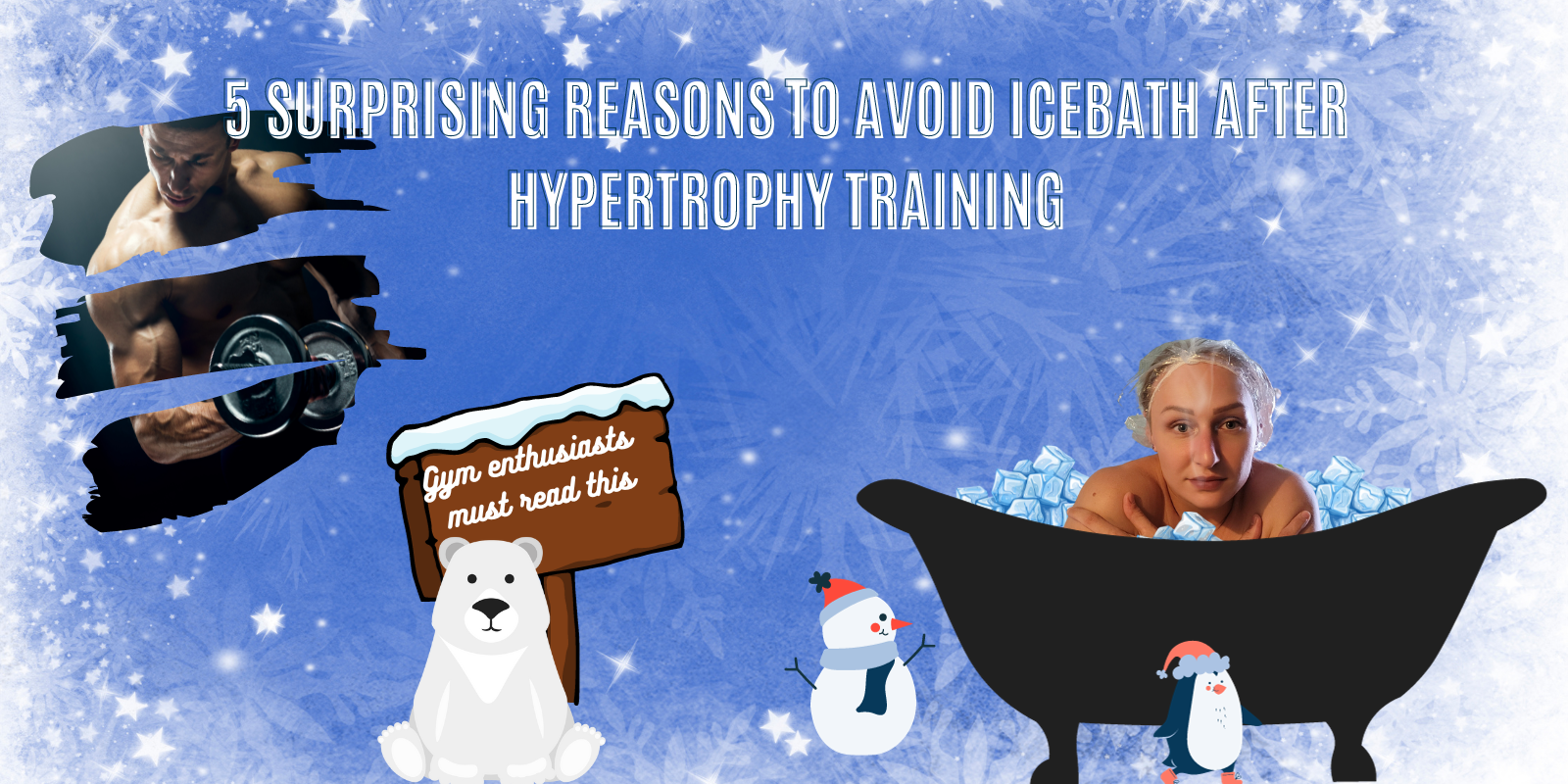For centuries, cold therapy (cryotherapy) has been used by humans for health and recovery purposes. I’m sure you, too, have
5 Surprising Reasons to Avoid an Ice Bath After Intense Hypertrophy Training


For centuries, cold therapy (cryotherapy) has been used by humans for health and recovery purposes. I’m sure you, too, have